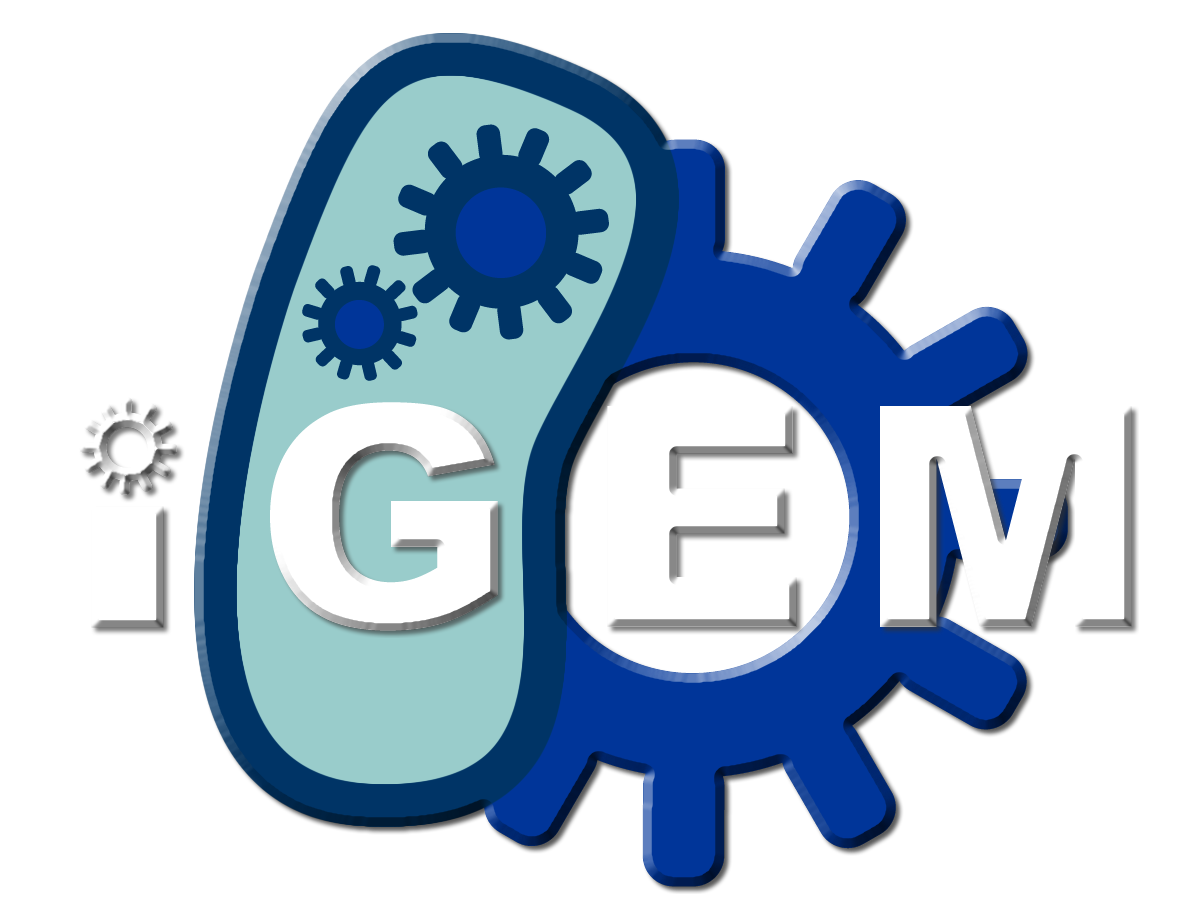Human Impact
 Our project is specifically designed to impact water systems around the world. For example, our project directly affects all homes that require septic tanks for sewage, or approximately 25% of North American homes. Over time, septic tanks become susceptible to the buildup of substances such as phosphates, lead, copper, and nitrates. If left unchecked, the presence of these toxins can cause irreversible damage to the tank, potentially even resulting in a breach of the tank wall and contamination of groundwater. Septic tank repairs can be costly, dangerous, and leave a lasting impact on the local environment if they are damaged. Our system is designed to detect these harmful chemicals and notify the tank owner if the measured content approaches dangerous levels. Therefore, the system allows septic tank owners to safely maintain and repair their tanks before irreversible damage occurs. In addition, our project can be applied to sewage treatment facilities and can be used as a water testing kit if a sample is removed from the main supply. The applications of the system also extend to industrial settings, as the fluorescent proteins can be activated in many different types of environments.
Our project is specifically designed to impact water systems around the world. For example, our project directly affects all homes that require septic tanks for sewage, or approximately 25% of North American homes. Over time, septic tanks become susceptible to the buildup of substances such as phosphates, lead, copper, and nitrates. If left unchecked, the presence of these toxins can cause irreversible damage to the tank, potentially even resulting in a breach of the tank wall and contamination of groundwater. Septic tank repairs can be costly, dangerous, and leave a lasting impact on the local environment if they are damaged. Our system is designed to detect these harmful chemicals and notify the tank owner if the measured content approaches dangerous levels. Therefore, the system allows septic tank owners to safely maintain and repair their tanks before irreversible damage occurs. In addition, our project can be applied to sewage treatment facilities and can be used as a water testing kit if a sample is removed from the main supply. The applications of the system also extend to industrial settings, as the fluorescent proteins can be activated in many different types of environments.
Overall, this system is a novel application of well studied biological concepts and can have a great impact on people around the world who use septic tanks, sewer systems, unclean water, or any setting in which harmful analytes could be detrimental to health, economics, and safety of people living in the area. The use of bacteria means the system can be produced easily, and the incorporation of modern technological advancements provides a more complete system for the detection of the previously mentioned agents. From water treatment plants to septic tanks, this system takes the guess-work out of analyte detection and the worry out of being affected by reactive phosphates, lead, copper, or nitrates.

 "
"


